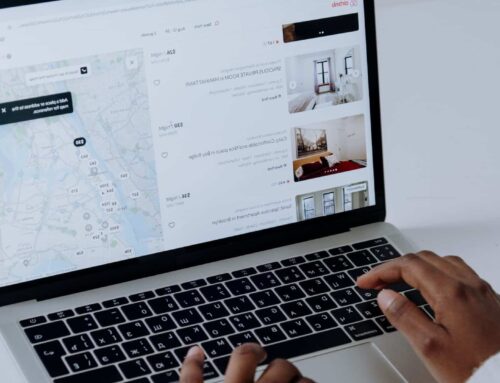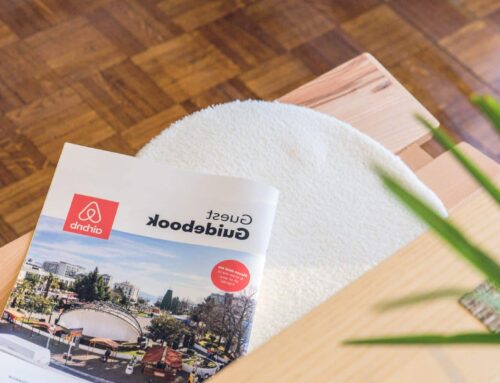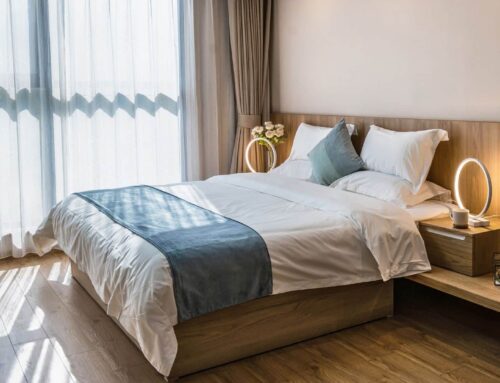
Is it possible to have the best of both short-term and long-term renting? For many NSW landlords, the answer might just be yes.
A hybrid rental model is a flexible leasing approach that combines the benefits of short stays like those on Airbnb with longer tenancy agreements. Rather than choosing one path, landlords can switch between the two depending on the season, demand, or their own property needs.
This approach is gaining momentum across New South Wales, particularly in popular destinations such as Sydney, Byron Bay, and the South Coast. With shifting travel trends, remote work, and a growing appetite for lifestyle properties, the hybrid rental strategy is catching the eye of savvy investors and part-time property owners alike.
In this article, you’ll discover why hybrid renting is on the rise, the real-world benefits, the potential challenges to look out for, and whether it’s a smart fit for your property goals in NSW.
What Is a Hybrid Rental Model?
A hybrid rental model blends short-term and long-term leasing to give landlords more control and flexibility over their properties. Picture this: an apartment in Bondi rented out on Airbnb during summer, then leased on a six-month basis through winter. That’s hybrid renting in action.
Instead of sticking to one rental type all year, this strategy lets you switch it up based on demand, seasonality, or personal plans. Many landlords use platforms like Airbnb during peak travel months, then pivot to longer leases through traditional channels during quieter times.
In NSW, this model appeals to owners in high-traffic tourist zones or places with fluctuating rental demand. However, local regulations can vary widely. Councils may limit how many nights a property can be used for short-term stays, especially in strata-managed buildings. It’s essential to check the rules before diving in.
For landlords looking to balance income, availability, and lifestyle, hybrid renting opens up a new world of opportunity.
The Key Benefits of Hybrid Renting in NSW
One of the biggest benefits is that you’re not stuck with a single lease. During busy seasons, you can charge higher nightly rates through short-term stays, then switch to longer rentals when things quiet down. It’s a clever way to keep the income flowing year-round without relying on just one strategy.
There’s also the bonus of using the place yourself. Plenty of owners across the South Coast, Byron Bay, or even the Blue Mountains block out a few weeks to enjoy their property, then rent it out when demand peaks. It’s a win-win for part-time residents or anyone wanting that mix of lifestyle and income.
Hybrid renting also helps get your property in front of more people. By listing on platforms like Airbnb, Stayz, and long-term rental sites, you increase your chances of staying booked. More exposure usually means fewer gaps between stays and more money in your pocket.
For investors, it’s all about spreading the risk. Instead of relying on one long-term tenant or one income stream, the hybrid model gives you multiple bites at the cherry. And in high-demand spots like Sydney’s Inner West or holiday areas, it’s proving to be a solid strategy.
On top of that, there may be tax perks or depreciation benefits when the property is managed professionally. Always check with your accountant, but it’s something worth keeping on the radar.
If you’re looking for property leasing strategies that let you adapt to the market, earn more, and still enjoy your investment, hybrid renting in NSW could be the right fit.
The Challenges You Can’t Ignore
While hybrid renting has its perks, it’s not without its downsides—especially if managed poorly.

Increased Workload
Switching between short and long-term rentals creates more work. There’s guest turnover to manage, cleaning, key handovers, regular maintenance, and ongoing communication. Without the right support, this workload can quickly become overwhelming.
Compliance Risks
In NSW, compliance is another key issue. Councils have strict regulations around short-term stays, and strata bylaws can limit how often a property is leased to guests. Failing to follow these rules could result in fines or forced changes to your rental setup.
Income Inconsistency
There’s also the matter of income inconsistency. Relying too heavily on short stays in quieter months may lead to extended vacancy periods. To succeed, you’ll need a solid pricing strategy and a marketing plan that keeps the property visible and competitive year-round.
Ongoing Marketing and Pricing Management
Dynamic pricing tools, professional photography, listing management, and timely guest responses are all essential. Many landlords underestimate just how much attention their hybrid properties require.
Managing Guest and Tenant Expectations
Lastly, juggling guest and tenant expectations can be tricky. If transitions between short and long-term renters aren’t handled smoothly, it could lead to poor reviews or frustrated tenants.
Who Should Consider a Hybrid Rental Strategy?
Not every landlord is suited to hybrid renting, but for the right type of owner, it can be a smart move.
Holiday homeowners, investors in tourist hotspots, or part-time residents who occasionally need access to their property are well-positioned to benefit. These owners often value flexibility as much as income.
Hybrid strategies work best in premium locations with clear seasonal trends, think beachside suburbs, lifestyle-rich regions, or CBD fringe areas. If your property attracts both tourists and long-term renters, it’s a strong candidate.
Landlords unsure if their suburb or dwelling type suits a hybrid model should look at local demand patterns, availability of short-stay accommodation, and council restrictions before committing. With the right location and a bit of planning, hybrid renting can be both profitable and practical.
Common Mistakes to Avoid When Going Hybrid
One common misstep is flipping between short and long-term rentals without a proper transition plan. This often leads to vacant weeks between bookings, confused tenants, and even breaches of local laws.
Many landlords jump into the hybrid model thinking it’s plug-and-play. But without clear pricing, scheduling, and compliance strategies, it’s easy to lose money or frustrate guests.
A smart workaround? Use professional Airbnb property management or invest in a hybrid calendar system that allows you to track availability and optimise income across the year. Planning ahead makes all the difference.
Is the Hybrid Model the Future of Renting in NSW?
The way people live and travel is changing fast, and that’s having a big impact on the rental scene in NSW. With more folks working from home, chasing lifestyle perks, or travelling often, the demand for flexible rental options is on the rise.
That’s where the hybrid rental strategy comes into play. It’s not just a clever workaround; it’s becoming a go-to choice for property owners who want more control, more income potential, and less commitment to a single lease type.
In popular spots like Byron Bay, the Central Coast, and parts of Sydney, this approach is already paying off. Landlords are mixing things up to suit the season, the market, or their own plans, and it’s working.
As the market keeps evolving, hybrid renting is shaping up as more than a passing trend. It’s a smarter, more responsive way to lease property in today’s changing world.
Make the Switch with Confidence
Considering a shift in your rental approach? A hybrid rental strategy could be the solution you’ve been looking for.
With the right management and planning, combining short stays and long-term leases can maximise returns, increase flexibility, and keep your property working for you year-round. It’s a smart way to take advantage of NSW’s diverse property market without being locked into a single strategy.
If you’re ready to explore flexible rental model options that align with your property goals, now’s the time to act. Don’t leave it to guesswork, speak to experts who understand how hybrid models work in the NSW market.
Contact HomeHost today to learn how tailored Airbnb property management and leasing support can help you make the most of your investment.






